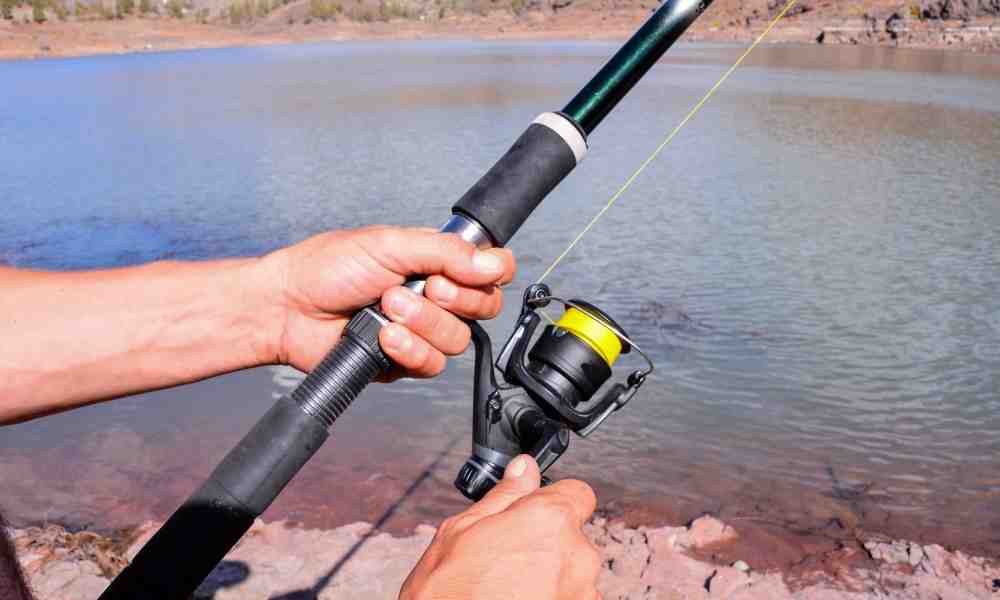Guide on Choosing The Best Line Strength

Fishing is the activity of trying to catch a fish. It can be a very fun and relaxing activity once you know the techniques.
There are some fishing techniques performed according to fishing conditions, goals, styles and more. Some of these techniques are spear fishing, hand gathering, angling, netting and trapping.
Fishing can be recreational, commercial and artisanal. During the earliest era, fishing was a form of survival. Later on, it became a recreational activity, specifically after the English Civil War.
As years went by, manufacturers designed and created the tools or equipment used to improve the fishing experience.
The fishing line test chart is used to identify or evaluate the quality of fishing line.
A fishing line attaches the fisherman to the bait and lures. When the fish bites, it is crucial the fishing line remains strong in order to withstand the weight of the fish and be able to catch it.
While there are many innovations in fishing, there is no alternative for fishing line. It has become an irreplaceable part of fishing.
The fishing line test chart
The fishing line test chart is use to determine which kind of lure, rod and line are the best matches. Each fishing rod has a limit on how much weight of a fish it can lift and cast.
The line also plays an important part. Just like the rod, the fishing line also has a limit on how it can stay strong and durable to effectively catch a fish and get more bites.
Here is a sample of a fishing line test chart to refer to choosing your fishing equipment.
- Line size 1/64 to 1/16 ounce: can be paired with an ultra-light rod and the lure weight of 1 to 4 pounds
- Line size 1/16 to ¼ ounce: the rod must be light and a lure weight of 4 to 8 pounds.
- Line size ¼ ounce to 4 ounces: medium rod and lure weight of 8 to 20 pounds
- Line size 4 to 8 ounces: a heavy rod and a lure weight of 20 to 40 pounds
Choosing the right fishing line strength
Choosing the right fishing line strength is not as easy as you think. The fisherman should understand that every reel has a design that works depending on the amount of pound test of fishing line. Therefore, it is important to know how to choose the right fishing line strength.
The things you need for this activity are rod and reel and various strength of fishing lines. First, examine your reel for its line capacity. The line capacity is usually found on the side of the reel. Do not put a high numbered pound test on the reel which is actually meant for a light line.
Then, when fishing for panfish, select a braided line between two pounds and four pounds test. Why do we test it on these kinds of fish? Because the braided line is sensitive that it can detect the wee nibbles of these fish. The 2 to 4 pound strength is more than enough to withstand the size of these fish.
There are more instructions to follow for choosing the right fishing line strength. When doing this, you need a fishing line test chart similar to the examples given above.
The three kinds of fishing lines
The basic thing to know is that there are three kinds of fishing lines. Monofilament fishing line is nylon based which has been used for more than 60 years. It is abrasion resistant and maintains good strength. It can stretch in many fishing conditions which may be good or bad.
Fluorocarbon does not absorb water and also repels chemicals and UV light. It is a good alternative for monofilament line.
Lastly is the braid line which is characterized by a combination of monofilament and fluorocarbon lines.
The emergence of better fishing line brands promises a more convenient way to fishing. A fishing line test chart is a useful tool to determine which fishing line, rod and reel combinations are effective in having an improved fishing experience.

